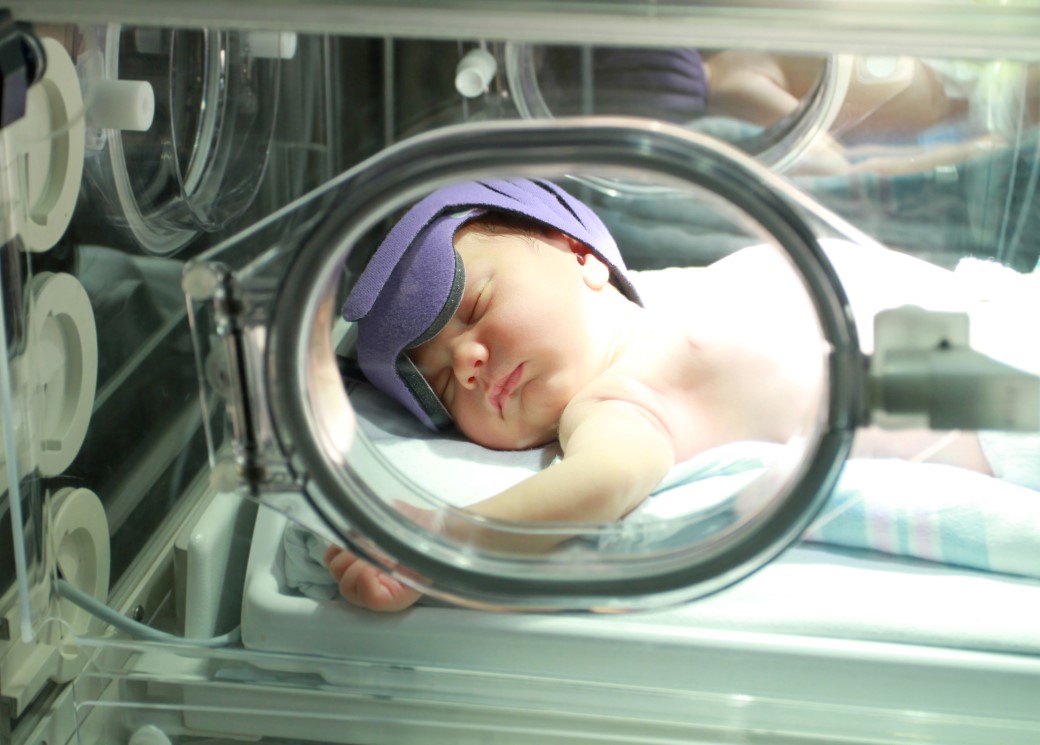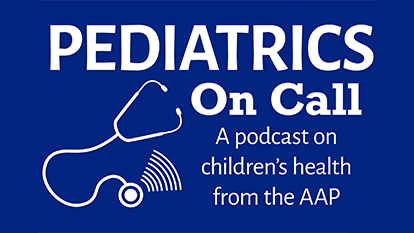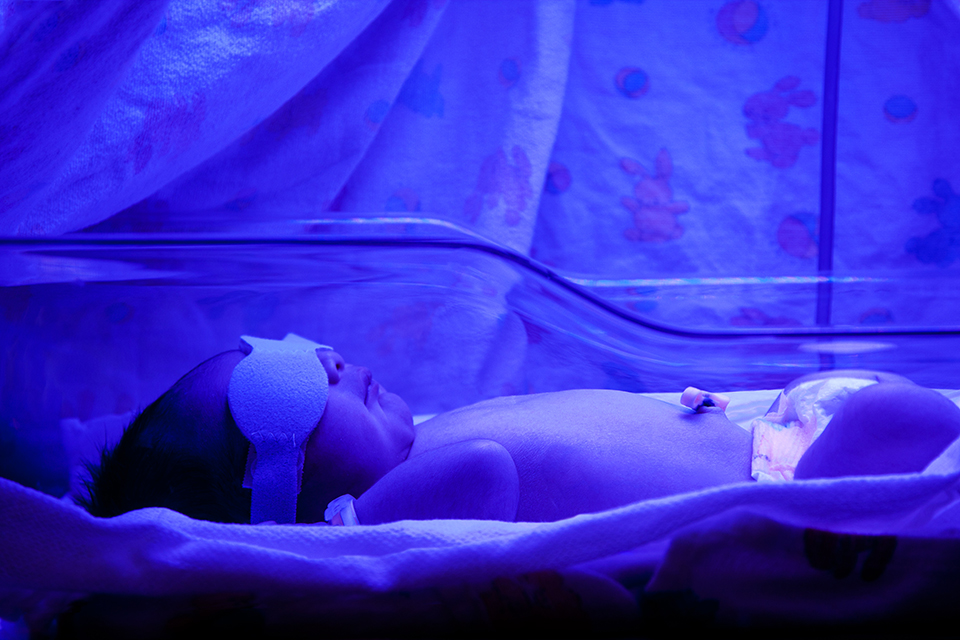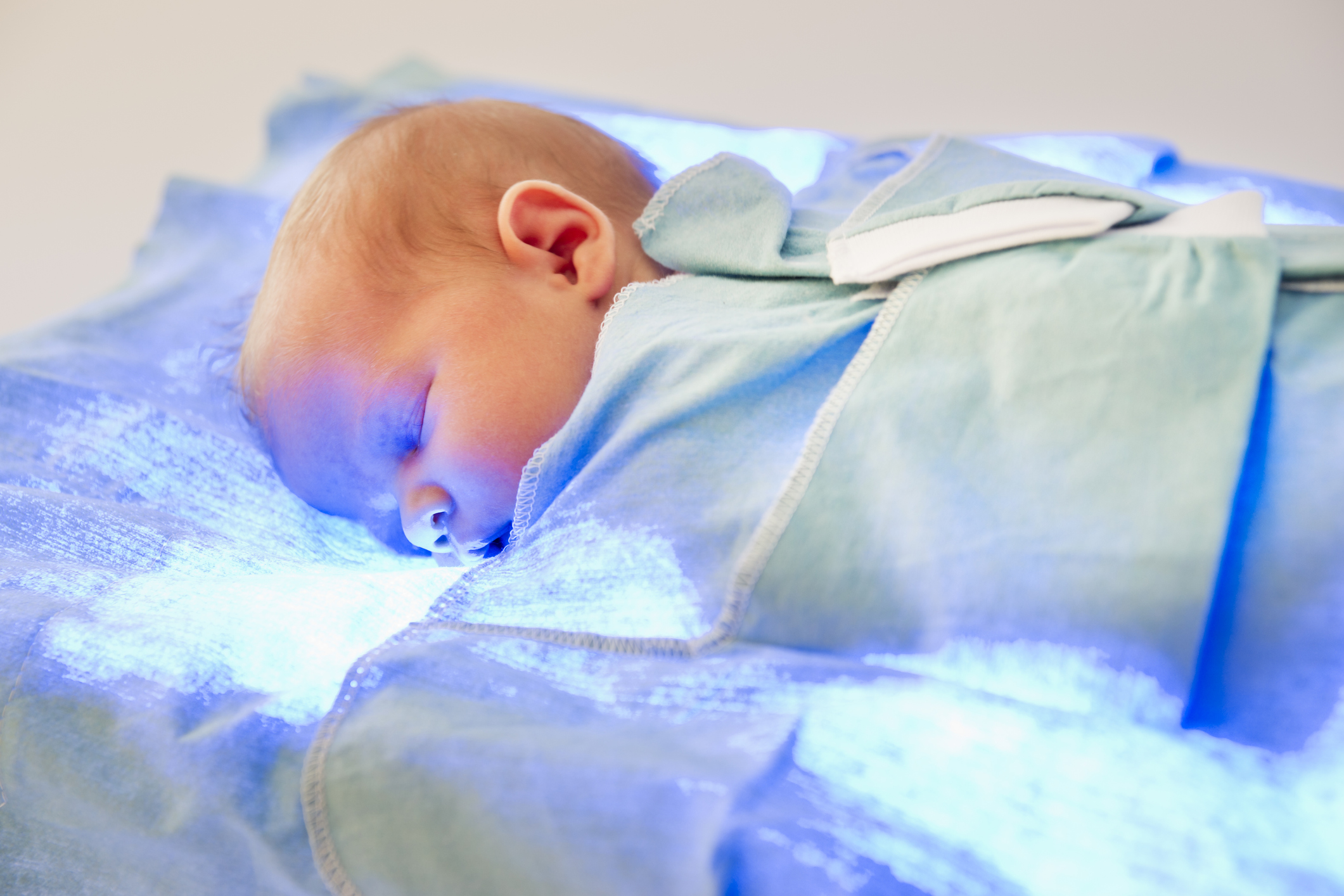

This AAP clinical guidance assists pediatricians with the diagnosis and management of hyperbilirubinemia in newborns. Tools are provided to ensure early identification of newborns of 35 or more weeks’ gestation at risk for hyperbilirubinemia who might require treatment to prevent kernicterus.
Hyperbilirubinemia Overview
Severe hyperbilirubinemia can cause kernicterus, a type of brain damage that leads to movement problems (cerebral palsy) and hearing loss. Informed guidance on hyperbilirubinemia management, including preventive treatment thresholds, is critical to safely minimize neurodevelopmental risk.
AAP Recommendations
In August 2022, the Academy released updated clinical guidance on the prevention and treatment of hyperbilirubinemia in newborns greater than 35 weeks of gestational age. This clinical practice guideline will remain valid for use in practice through August of 2027 and considered retired thereafter.
Based on a comprehensive review of evidence, 25 total recommendations are provided in 5 key categories:
- Prevention of hyperbilirubinemia
- Assessment and monitoring for hyperbilirubinemia
- Treatment of hyperbilirubinemia
- Post-discharge follow-up
- Hospital policies and procedures
Of note, this revised clinical guidance raises phototherapy thresholds by a narrow range that the guideline committee considered to be safe. The guideline committee also used new research findings to revise the risk-assessment approach based on the difference between the phototherapy threshold and hour-specific bilirubin levels and provided a more explicit approach to rapidly address severely elevated bilirubin levels, defined as “escalation of care.”
AAP Clinical Practice Guideline: Diagnosis and Management of Hyperbilirubinemia in the Newborn Infant 35 or More Weeks of Gestation
AAP Technical Report: Diagnosis and Management of Hyperbilirubinemia in the Newborn Infant 35 or More Weeks of Gestation
Frequently Asked Questions About the 2022 AAP Guideline on the Management of Hyperbilirubinemia
Professional Tools & Resources
Other Resources
Preventing Kernicterus - A Conversation
2019 Pediatric Academic Society (PAS) Video
Get Involved
These groups and programs are involved in hyperbilirubinemia.
Council on Quality Improvement and Patient Safety
Section on Neonatology
Section on Breastfeeding
Podcasts and Voices Blogs
Learn what others are saying. Listen to our podcasts and read our blog posts.
Management of Hyperbilirubinemia Special Episode – Episode 125
In this special episode Alex R. Kemper, MD, MPH, MS, FAAP, lead author of the clinical practice guideline, Management of Hyperbilirubinemia in the Newborn Infant 35 or More Weeks of Gestation, explains the importance of measuring total serum bilirubin in newborns. He tells hosts David Hill, MD, FAAP, and Joanna Parga-Belinkie, MD, FAAP, the 2022 guideline offers clarification on when to start phototherapy and when to give an exchange transfusion.
Pediatrics on Call
|August 23, 2022

Last Updated
07/25/2022
Source
American Academy of Pediatrics



